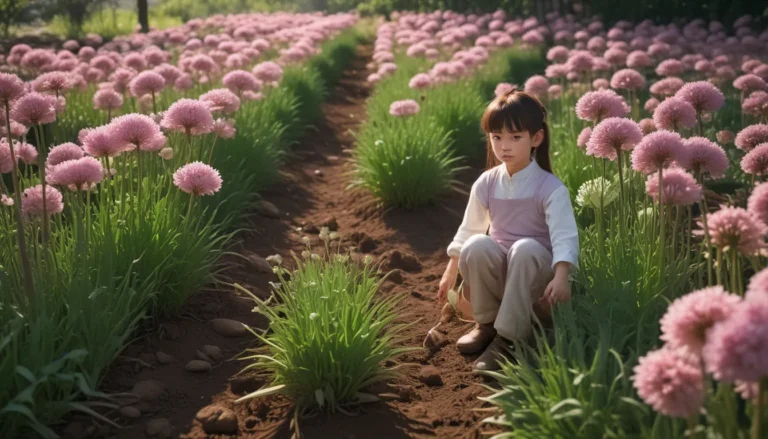How to Manage Forsythia Gall Disease: A Complete Guide

Forsythia is a delightful spring-blooming shrub known for its vibrant yellow flowers and easy maintenance. If you live in USDA Hardiness Zones 5-8, you can enjoy the beauty of this plant in your own garden. However, like any other plant, Forsythia is susceptible to diseases, and one common issue you might encounter is Forsythia Gall Disease.
In this comprehensive guide, we will walk you through everything you need to know about Forsythia Gall Disease, from what it is to how to manage it effectively. So, if you’ve noticed any irregular growth on your Forsythia plant, keep reading to learn how to address it.
What Is Forsythia Gall Disease?
Forsythia Gall Disease manifests as knot-like, woody deformities known as galls that appear on the stems of the plant. These galls can appear individually or in clusters and may be most visible during the leafless winter months, but they can develop in any season.
There are different types of galls that can develop on plants due to various causes, including bacterial, fungal, and viral infections spread by insects. In the case of Forsythia galls, the specific cause is not entirely confirmed, but potential factors include:
- Agrobacterium tumefaciens and Rhizobium radiobacter: Soilborne bacteria known to cause crown gall growth at the base of plant stems.
- Phomopsis: A genus of gall-inducing fungal pathogens affecting various trees and shrubs.
- Genetic abnormalities in Forsythia plants.
- Pseudomonas savastanoi: A pathogen that can cause abnormal growths in plants like olive and ash trees.
While the exact cause of Forsythia galls may remain a mystery, it’s essential to address this issue promptly to prevent further damage to your plant.
Proactive Avoidance Measures
Preventing Forsythia Gall Disease is key to maintaining the health of your plant. Here are some proactive measures you can take to reduce the risk of infection:
- Purchase quality shrubs from reputable suppliers and inspect them for signs of good health.
- Plant Forsythia shrubs with adequate spacing to ensure optimal airflow.
- Water at the soil level to avoid wetting the leaves and creating a conducive environment for fungal growth.
- Disinfect pruning tools before and after use to prevent the spread of disease.
- Avoid pruning during wet weather and prune shrubs after flowering to maintain plant health.
- Keep the area around the shrubs free of weeds and debris to prevent insect infestations.
- Apply neem oil or insecticidal soap if you notice insect eggs or pests on your Forsythia plant.
By following these best gardening practices, you can minimize the risk of Forsythia Gall Disease and keep your plants healthy and thriving.
Caring for Affected Shrubs
If you notice galls on your Forsythia plant, don’t panic. There are ways to address the issue effectively:
- Cut off affected stems to their points of origin or trim them four to six inches below the woody mass.
- Sanitize your pruning tools and dispose of pruned stems properly.
- Monitor the plant for signs of recovery, as Forsythia is known for its resilience.
- If galls persist and the plant shows signs of chronic damage, consider removing the shrub entirely to prevent further spread of the disease.
Remember that prevention is key when it comes to managing Forsythia Gall Disease. By taking proactive measures and addressing affected plants promptly, you can help your Forsythia thrive and bloom beautifully year after year.
Conclusion
In conclusion, Forsythia Gall Disease can be a challenging issue for gardeners, but with the right knowledge and proactive approach, you can effectively manage this condition and keep your plants healthy. By understanding the causes of galls, implementing preventative measures, and caring for affected shrubs appropriately, you can enjoy the beauty of Forsythia in your garden without the worry of disease.
If you’ve experienced Forsythia Gall Disease in your garden, share your experience in the comments below. We’d love to hear from you!
For more information on growing Forsythia and other gardening tips, check out these related articles:
- 7 Reasons Why Forsythia May Not Bloom
- 11 of the Best Forsythia Varieties for Glorious Spring Color
- 5 Common Causes of Forsythia Yellowing
- 7 Tips for Growing Formal and Informal Forsythia Hedges
Remember, a healthy garden starts with awareness and appropriate action. Stay informed, stay proactive, and watch your garden bloom!





